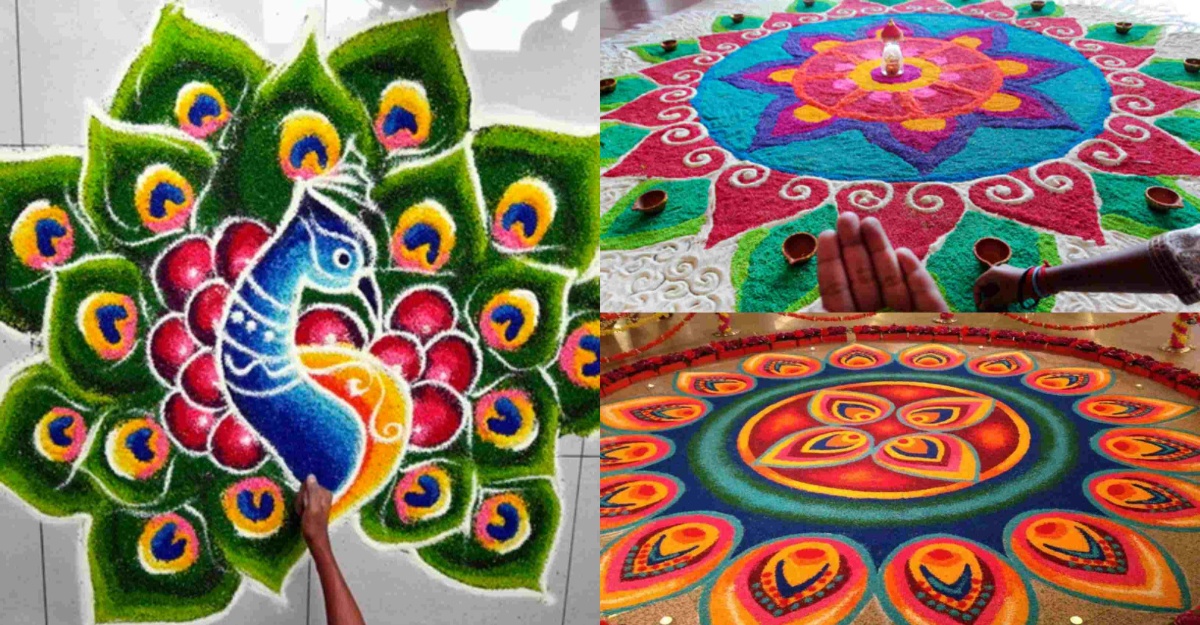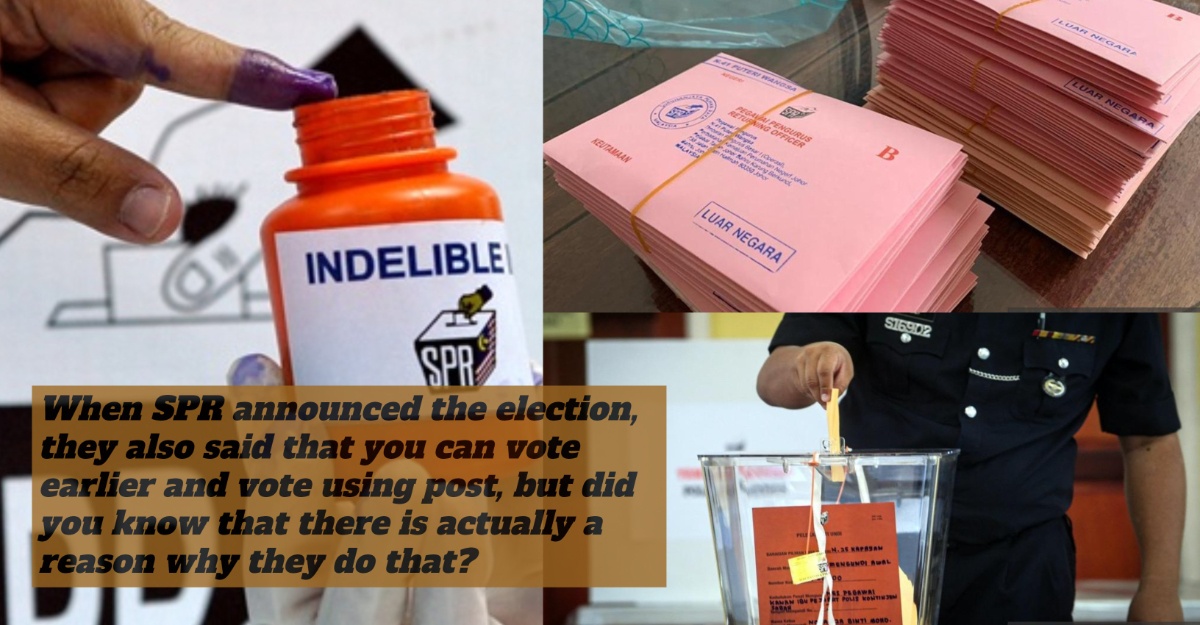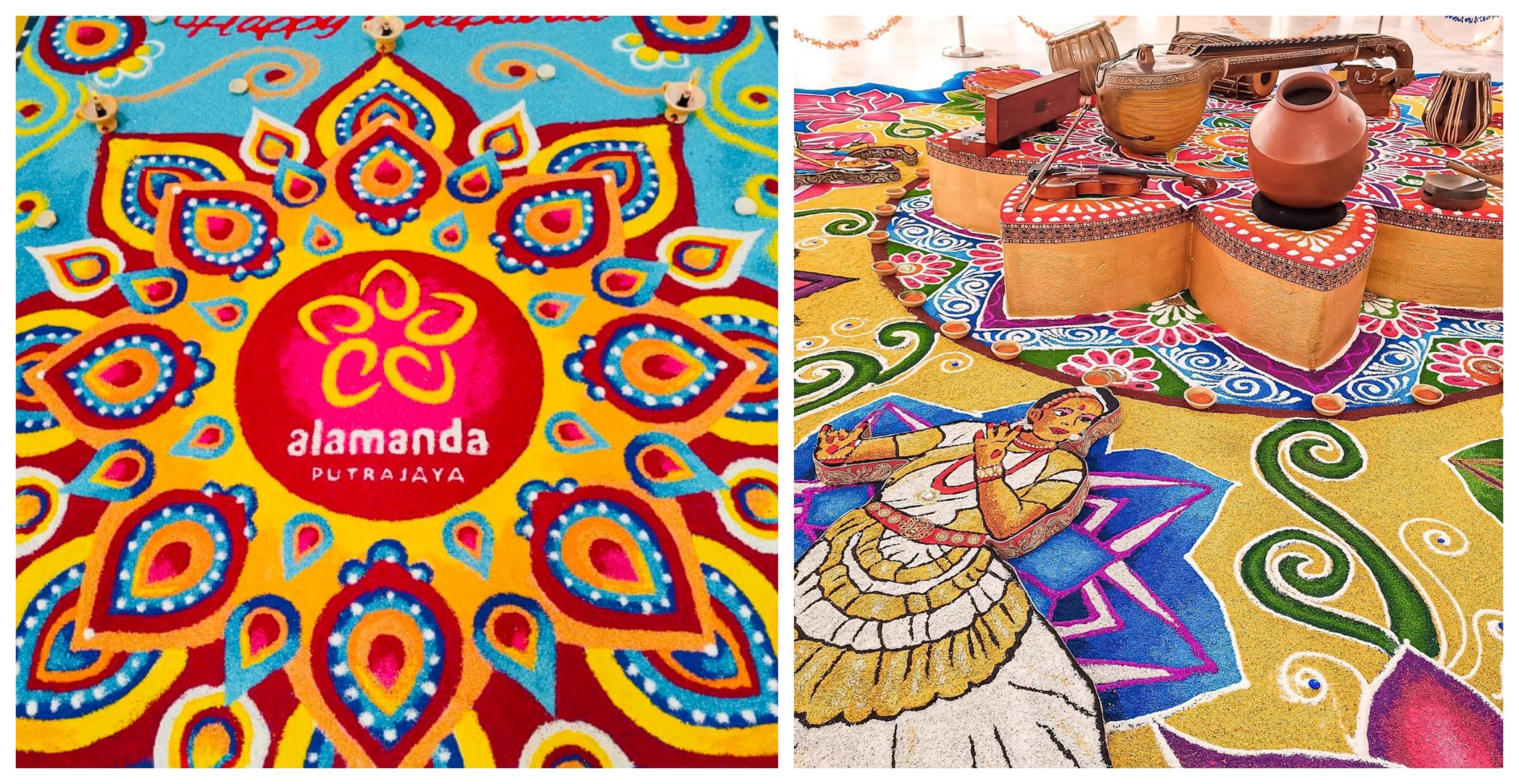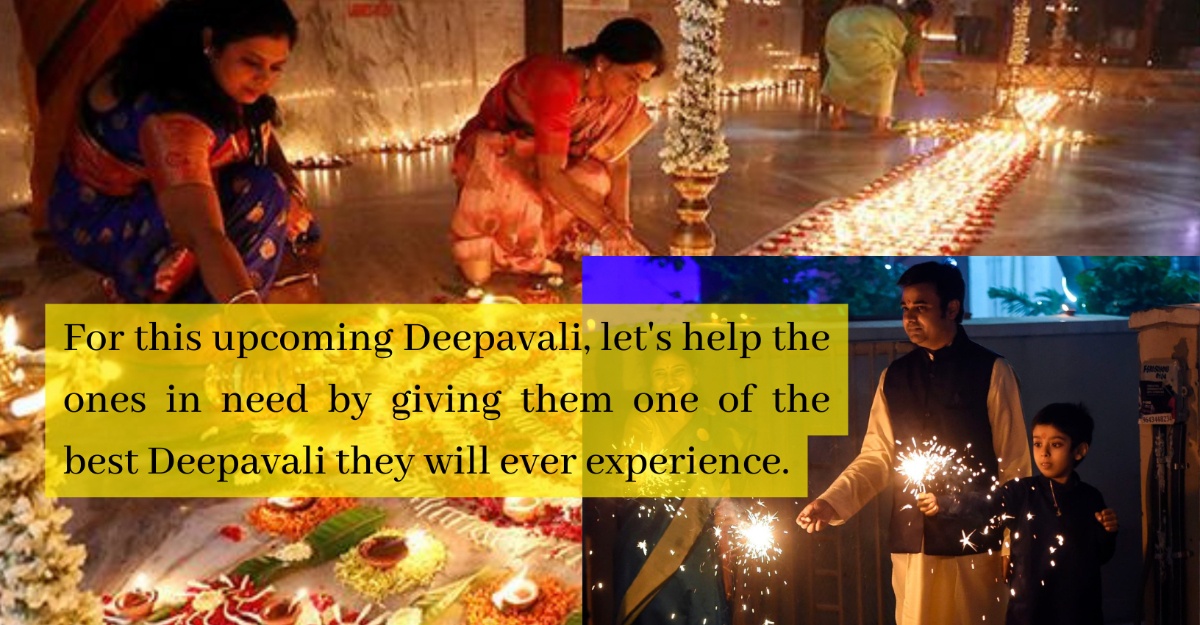Have you ever went to the mall during the time of Deepavali and saw many arts using colourful rice on the floor? Have you ever wandered what it was?
What you actually saw is the kolam. The kolam has a meaning to Hindus. They are not just a tradition for Deepavali but for other Hindu holidays as well.
So what is actually their significance? Well, here are some facts for you to know about the kolam.
Signifies generosity
The reason that kolam uses rice or flour is so that other animals such as birds, ants and other small creatures can eat them. This follows the Hindu scriptures where it teaches its followers to be generous to other people and also animals, no matter the size.
Welcoming prosperity
There is also another reason for making a kolam. It is to welcome Lakshmi, the Hindu Goddess of Prosperity. Guests attending Deepavali celebrations at a person’s home will be greeted with a smile and some good fortune if the homeowner has drawn a decorative rice design in their homes.
Kolam is not only done during Deepavali
Kolam is not specific only to Deepavali. In fact, other Hindu holidays like the harvest festival of Ponggal in January or festival of Onam in August also has kolam!
Record-breaking kolam!
Malaysia once had the biggest kolam in Malaysia. Malaysia’s Largest Floating Kolam was made at Golden Sands Resort Penang. The kolam earned a spot in The Malaysia Book of Records. It took 10 days to finish and 100 volunteers to complete it.
The kolam depicted a huge peacock made using coconut flakes, styrofoam and included 15 lotus flowers and chrysanthemums.
Sources: Timeout, Malaysia Book of Records








